The Russian Colored Bologna is a dog breed originating from Russia that has a long history. These dogs were bred to hunt rats and other rodents, as well as to guard the home. Today, they have become popular as family pets because of their kind character and easy tameness.
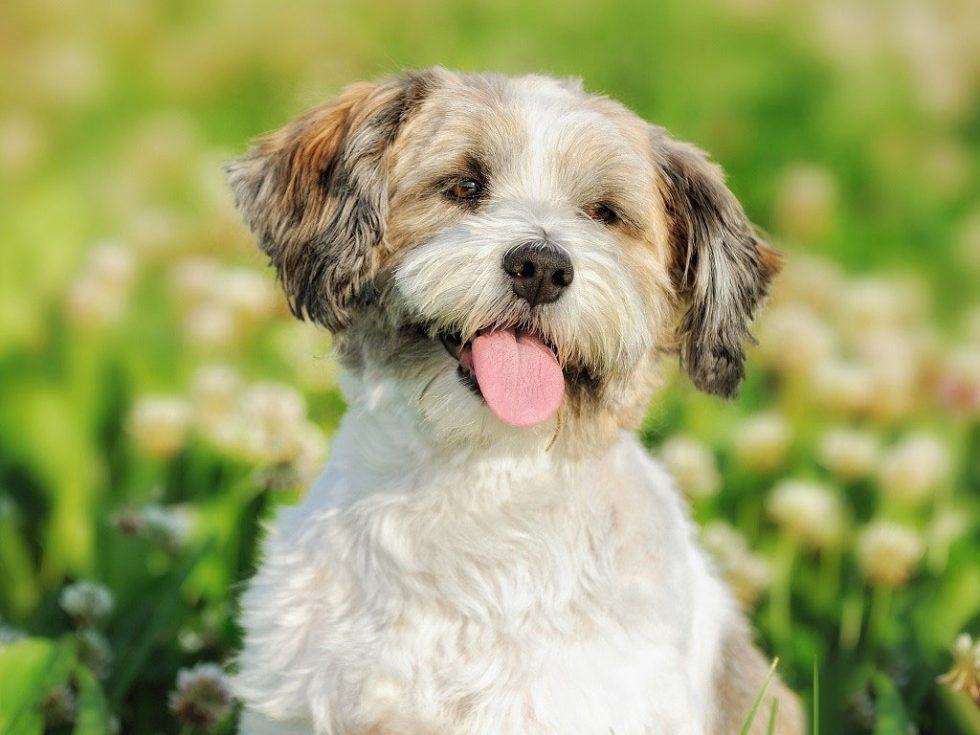
History
The Russian Colored Bologna has an ancient history about which little is known. It is believed that these dogs appeared in Russia as early as the 16th century. They were bred to hunt rats and other rodents that often harmed agriculture. Later they began to be used for guarding houses and premises.
Description
The Russian Colored Bologna is a medium-sized dog with a long and thick coat that can be different colors: white, black, gray, red, etc. The dog has a round head with a short muzzle, which is often decorated with a beard and mustache. The ears are medium length and rounded shape. The physique is strong and compact, but not bulky. Males are 36 to 42 cm tall and females 34 to 40 cm. Weight of an adult dog is on average 6 to 10 kg.
Character
The Russian Colored Bologna is a kind and affectionate dog that is easy to train and train. They are very attached to their owners and love to spend time with them. They can be a little jealous and protective of their owners, but usually do not show aggression toward outsiders. Russian Colored Bolonettes are very social and friendly, and they are easy to get along with other dogs and children.
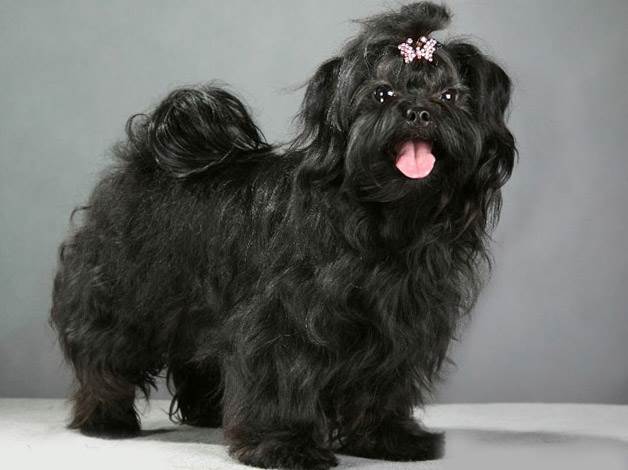
Grooming
The Russian Colored Bologna does not require any special coat care, although regular brushing and bathing is recommended to keep the skin and coat healthy. In addition, it is necessary to provide the dog with daily walks and exercise, so that it does not become bored and accumulate energy. It is also important to keep an eye on the health of his teeth and ears to avoid possible problems.
Health
Russian Colored Bolonts, like any other breed, can encounter certain health issues such as joint dysplasia and eye problems. Therefore, it is important to have regular vet visits and monitor your dog’s health.
How long do Russian Colored Bolonts live?
The average lifespan of Russian Colored Bolonka is 12 to 15 years. However, as with any other dog breed, longevity can depend on many factors such as genetics, health care, diet, lifestyle, etc. Good care and proper nutrition can greatly extend a dog’s life, so it’s important to monitor their health and well-being.
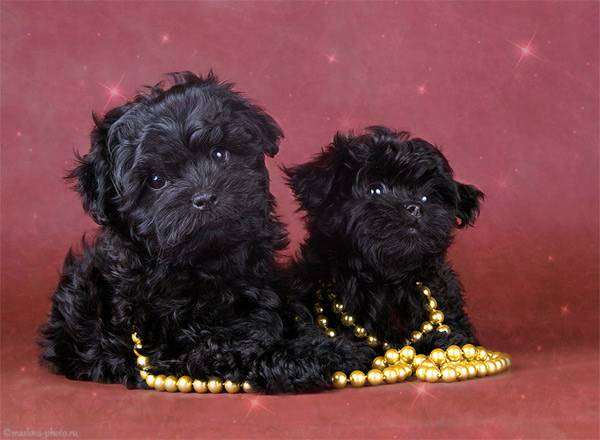
Top 10 facts about Russian Colored Bolonka:
- The Russian Colored Bolonka is an ancient breed of dog that was bred in Russia for rodent hunting and home security.
- This breed is known for its thick coat, which can come in a variety of colors, including white, black, gray, red, etc.
- Russian Colored Bolonts are very friendly and affectionate dogs that have a good personality and are easy to train.
- This breed is known for its sociality and ability to quickly find common ground with other dogs and people.
- Russian Colored Bolonets are very attached to their owners and can be a bit jealous.
- The average life expectancy of Russian Colored Bolonka is 12 to 15 years.
- Russian Colored Bolonts do not require any special coat care, although regular brushing and bathing is recommended to keep the skin and coat healthy.
- This breed is known for its health, although certain health problems such as joint dysplasia and eye problems can occur.
- Russian Colored Bolonettes can be used as guide dogs for the visually impaired and the blind.
- The Russian Colored Bologna is a great choice for those who are looking for a reliable and loyal family friend.
Conclusions
The Russian Colored Bologna is a dog breed that has many unique characteristics and virtues. They are very friendly and affectionate dogs that are easy to train and educate. They have an ancient history and were bred for rodent hunting and home guarding. Russian Colored Bologna dogs are social and easy to get along with other dogs and people. They do not require much grooming and are also in good health. This breed can be an excellent choice for those looking for a reliable and loyal family friend.


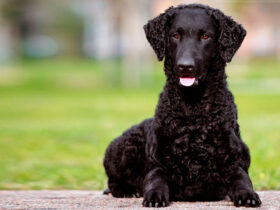

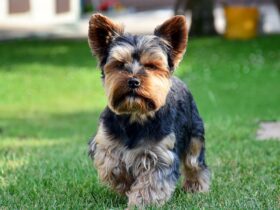

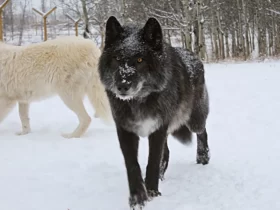
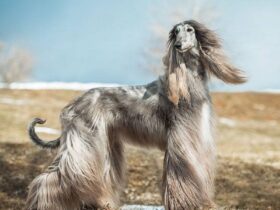

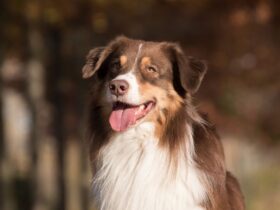
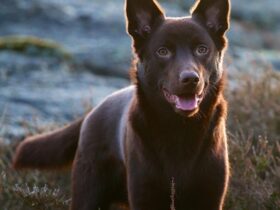
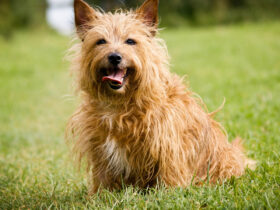
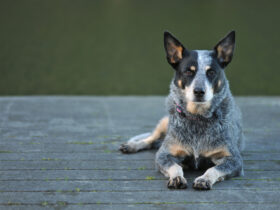

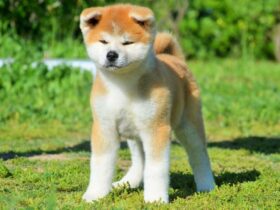
Leave a Reply